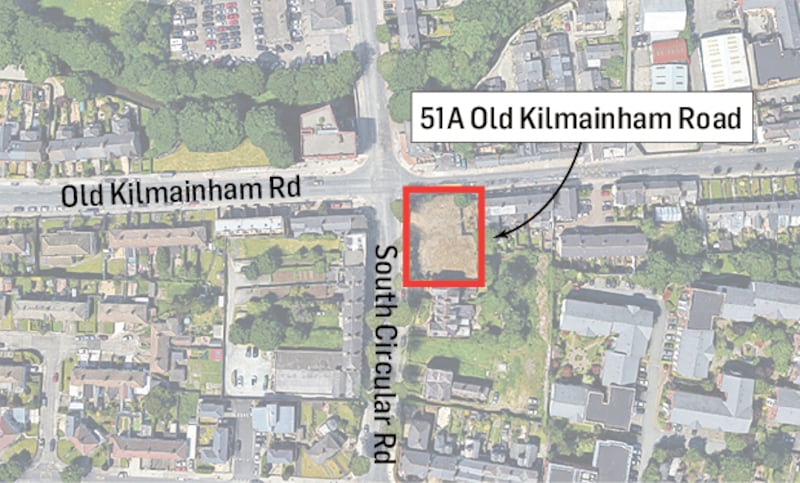More than €600,000 has been paid to Dublin City Council in vacant site levies since the anti-land hoarding tax fell due in January, new figures show.
A total of 68 vacant sites valued in excess of €240 million which could be used for housing are on the city's vacant site register. But just six landowners have appealed paying the 3 per cent levy to An Bord Pleanála.
The board has been adjudicating these cases in recent weeks and has issued the first order to a site owner to pay the council – a €27,000 levy against the Department of Justice for a vacant site in Kilmainham.

The department had not appealed its inclusion on the city’s vacant site register, but argued it should not have to hand over any money as it had offered the site to the council for social housing.
The site on the corner of Old Kilmainham Road and the South Circular Road, close to Kilmainham Gaol, is in the ownership of the Irish Prison Service. It had 30 years ago intended to use the land to build a youth detention facility but the project proceeded.
In 2015 it was agreed to transfer the site to the council for social housing. The council nominated Novas Indicatives, a voluntary housing body, to develop the site with apartments for homeless women.
Novas secured planning permission for the apartments in 2016, but no development has taken place and the site remains vacant.
The transfer has yet to occur because the council had told the prison service Novas required freehold title and the site was a leasehold property with 750 years yet to run. The prison service said it remained “fully committed” to transferring the property and had been waiting to hear back from the council as to whether a leasehold title would be acceptable.
The council told the board the land fell within the definition of a vacant site and remained in the Minister’s ownership. It said it would welcome development of the site and once construction starts it could consider removing it from the register. But unless and until that happens the levy was owed.
Department ‘not unfairly targeted’
The board said the levy had been correctly calculated and the council’s demand should be met.
The council’s head of planning, Richard Shakespeare, said the department had not been unfairly targeted and the council was seeking payment for all 68 sites on the register.
“It is important that we do not show favour to the State or to ourselves. We are fining ourselves, on our own vacant sites, and these are not just circular payments. The money is used for regeneration purposes in the area where it is raised.”
Mr Shakespeare said he was happy with the rate of payments received so far, with €627,450 paid. But the real success of the levy was in the number of sites that had been brought into use to avoid its payment.
“We issued 121 notices of entry on the site. There are currently 68 sites on the register and the majority of the others that came off are now being developed. We expect that rate to increase with the levy rising to 7 per cent next year.”














